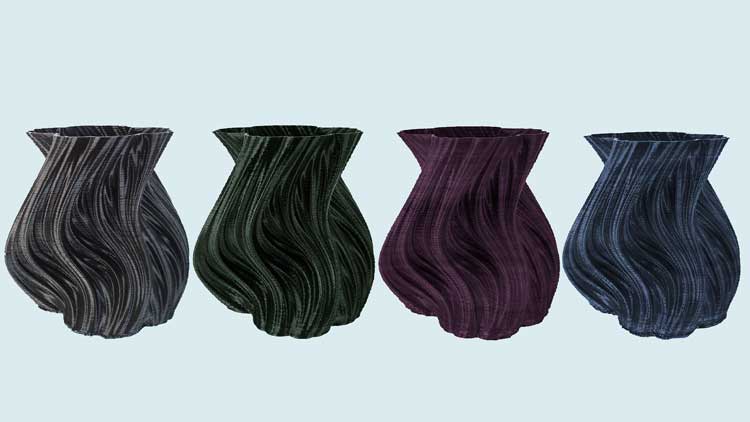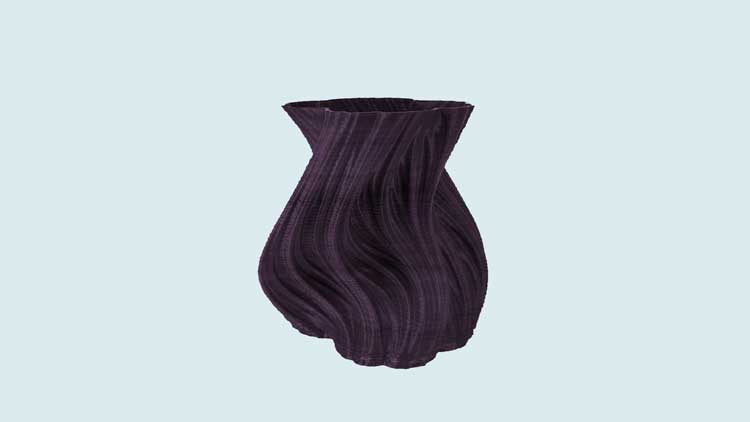Currently, PETG is among the materials that are most often used globally. PETG is used to make more than half of all synthetic fiber in the world, and it is a component of practically all soft drink and water bottles marketed in the US. Here is all the information you require about this wildly popular material.

Ethylene glycol and terephthalic acid are two substances that are combined to form PETG, a polymer that is used to make hard plastic pellets. Then, after being melted and formed into almost any shape, the pellets cool and solidify to create a sturdy, unbreakable material. PETG is a semi-crystalline, colorless material that is extremely flexible in its native condition. PETG can range from rigid to semi-rigid depending on the processing method used.
PETG is not only recyclable, but also uses less energy during production, use, and transportation. Although it uses natural gas and crude oil as its primary raw materials, it nonetheless has a more favorable sustainability profile than glass or aluminum. Many manufacturers prefer PETG because it uses less fuel to transport than other materials of comparable strength.

When it comes to packaging and other applications that call for a robust, rigid, and lightweight material, PETG is tough to beat because it is transparent, ecologically friendly, strong, and lightweight. Without letting in outside air, chemicals, or fluids, PETG may interact with food and beverages safely. It also maintains all of these qualities throughout a rather large range of temperatures and environmental factors.
Additionally, PETG is useful in a wide range of applications. It can be produced using a variety of techniques. PETG is easily processed by 3D printing, extrusion, blow molding, injection molding, and thermoforming.
